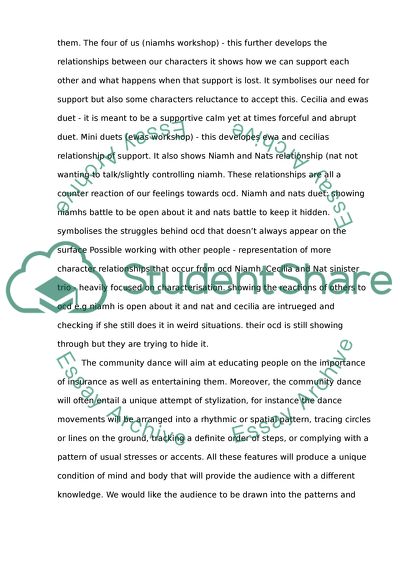Cite this document
(“Dance, production, performance, choreography (OCD as the central Essay”, n.d.)
Dance, production, performance, choreography (OCD as the central Essay. Retrieved from https://studentshare.org/visual-arts-film-studies/1471653-dance-production-performance-choreography-ocd-as
Dance, production, performance, choreography (OCD as the central Essay. Retrieved from https://studentshare.org/visual-arts-film-studies/1471653-dance-production-performance-choreography-ocd-as
(Dance, Production, Performance, Choreography (OCD As the Central Essay)
Dance, Production, Performance, Choreography (OCD As the Central Essay. https://studentshare.org/visual-arts-film-studies/1471653-dance-production-performance-choreography-ocd-as.
Dance, Production, Performance, Choreography (OCD As the Central Essay. https://studentshare.org/visual-arts-film-studies/1471653-dance-production-performance-choreography-ocd-as.
“Dance, Production, Performance, Choreography (OCD As the Central Essay”, n.d. https://studentshare.org/visual-arts-film-studies/1471653-dance-production-performance-choreography-ocd-as.


